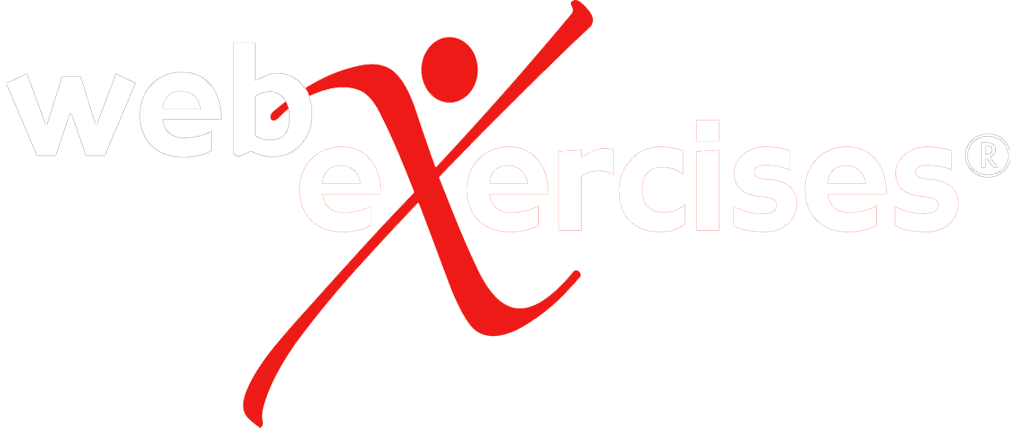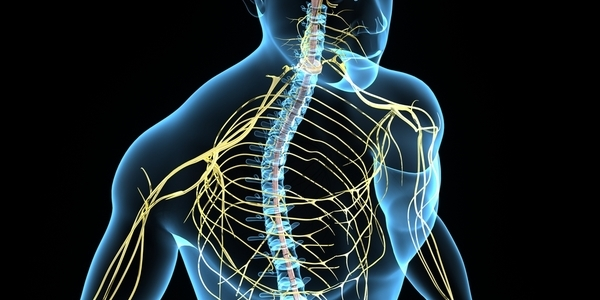
5 questions, 5 answers with Abby Perone, DC, CES, CF-L1
This month we are excited to feature Dr. Abby Perone to understand why regaining core stability is essential for post partum patients and how to approach this safely.

Dr. Perone is an athlete, a practicing sports clinician, and a teacher. Dr. Perone received her B.A. in English Literature and Psychology from Western State University of Colorado and her B.S.in Human Anatomy and Doctorate in Chiropractic from Parker University in Dallas, TX. Abby has experienced a rapidly-progressing, exciting career as a sports clinician. In 2010, she was selected to be a part of a Sports Medicine team for the Colombian Olympic Committee in Bogota, Colombia where she worked with athletes ranging from gymnasts to marathoners to track & field athletes and tennis players. Dr. Perone then served on the Sports Medicine team for the NASL National Champion soccer team, the San Antonio Scorpions FC, in 2014 & 2015. She was also selected to serve on the Airrosti Athlete Services team for multiple CrossFit Regionals events and the CrossFit Games from 2013 -2016. Abby served as an Airrosti Provider and member of the Airrosti Rehab Centers Clinical Development team from 2012-2017, onboarding and training hundreds of new Airrosti Chiropractors, Physical Therapists, and recovery specialists on how to evaluate musculoskeletal injury, identify the cause of movement dysfunction, and how to rapidly and effectively get patients out of pain with treatment, counseling and rehabilitation exercises. Since April of 2017, Abby has expanded her teaching platform to travel around the country teaching for Rocktape and Vyne Education. Additionally, Dr. Perone has started new private practices, Love Health, in Philadelphia, PA and Sarasota, FL. Outside of the clinic, Dr. Perone loves running, CrossFit, yoga, and is a strong believer in the power of gratitude and mindfulness.
WebExercises: Why is it so important for post partum patients to regain core stability?
Dr. Abby Perone: After carrying a baby for the term of a pregnancy and delivering a baby, the mom’s abdomen gets stretched and can weaken. There can even be a disruption to the core muscles during pregnancy, presenting as diastasis recti, or a large separation in the tissues of the abdomen where the core muscles fail to return to their normal tension. Ultimately, a weak core post partum can lead to more chronic issues, such as low back pain, pain at the sacroiliac joints and pubic area, sciatic pain, or pain in the upper back, shoulders, and arms.
The reason it is so important for a new mom to work to regain post partum core stability is that early intervention is key. Performing core exercises during pregnancy and soon after baby arrives is effective in managing and preventing pregnancy-related back and hip pain.
WebExercises: What is a safe time to start working on core stability?
Dr. Abby Perone: When selecting rehab exercises to strengthen a mom’s core post partum, adjustments and precautions are determined by when the exercises are bing performed. If the exercises are performed when the mom is pregnant as a pain prevention or pain management tool, the most important consideration is the pregnant mom’s position. After giving birth, the biggest focus should be on staying conservative to start and safely scaling up the exercises as the new mom Recovers from her natural birth or C-Section over the first 6-10 weeks.
WebExercises: What do we have to consider when selecting exercise for post partum patients?
Dr. Abby Perone: The general advice is a minimum of 6 weeks for an uncomplicated vaginal birth or at least 10 weeks following a c-section or birth complications. However, it is safe to start the process of lightly activating and “firing” the muscles of the core and pelvis as soon as a few days after birth.
WebExercises: Do you have any ‘go-to’ exercises that are safe for everyone?
Dr. Abby Perone: 100% yes. I am a huge fan of abdominal bracing and working on breathing diaphragmatically in different positions to strengthen the body. At the level of the core and breath first. Think about it, if we have thousand of breaths in our day, it’s one of the activities that we have the most control over, for better or for worse. Additionally, the diaphragm and breathing are very closely tied to our core and the core is where all power and human movement are generated from. If a mom has been grooving a pattern with a pregnant belly for 9 months, it could be a new “normal for their structure to hold itself and function in this posture. Therefore, this combination exercise is an excellent way to help relearn the fundamentals that will help treat, alleviate, and prevent back pain.
WebExercises: Do you prescribe exercises patients can do at home? How important is that to achieve your desired outcomes?
Dr. Abby Perone: All of the exercises we recommend post partum are “low tech or no tech,” meaning that can all be easily performed in just a few minutes in the comfort of your own home. One of my favorite exercises is “Bracing-Breathing-Bridging” and you just need a small ball or foam roller and the floor to perform it!
Interested in joining the discussion? Do you have an approach to share or a story to tell? Email us your opinion to rikeaprea@webexercises.com. We love to hear from you! #WhyExerciseMatters

